SaaS SEO refers to the strategies and techniques used to improve the organic visibility and rankings of a Software as a Service (SaaS) company’s website on search engine results pages (SERPs). The goal of SaaS SEO is to attract more relevant and targeted organic traffic by optimizing the website’s content, structure, and technical aspects.
In the world of SaaS, many companies initially rely on performance marketing tactics such as pay-per-click (PPC) advertising, social ads, and affiliate marketing to rapidly acquire new customers. However, the rising costs and potential dependency on paid advertising have led SaaS businesses to recognize the importance of investing in a strong SEO strategy.
Unlike paid acquisition channels, SEO can provide sustainable and long-term traffic growth. By ranking higher in search results for keywords related to their software, SaaS companies can reach potential customers at different stages of the buying journey:
Customers actively searching for the company’s software: These searchers are already familiar with the SaaS company and are specifically looking for more information or to engage with the product.
Customers searching for information about software similar to the company’s offering: These searchers are aware of the existence of software similar to what the company provides. They are in the research phase, trying to gather information and determine if the software aligns with their needs.
Customers ready to purchase software: This group of searchers is actively researching pricing, deals, or specific features. They are closer to making a buying decision and are comparing options.
Customers seeking related content: Although not actively looking for software at the moment, these searchers are interested in content related to the SaaS company’s niche or industry. By creating valuable content that aligns with their target audience’s interests, SaaS companies can build brand awareness and establish themselves as thought leaders, potentially converting these searchers into future customers.
To execute a successful SaaS SEO strategy, SaaS companies often focus on keyword research, on-page optimization, link building, technical SEO, content creation, and user experience improvements. By investing in these areas, SaaS businesses can diversify their traffic sources, reduce customer acquisition costs, and achieve sustainable organic growth.
SaaS SEO Strategies for Companies and their Lessons:

1 – Intercom’s Steal Competitors’ Traffic With “Alternative” Landing Pages
In the competitive realm of product-based SaaS companies, the inevitable emergence of rivals necessitates strategic measures to differentiate and stand out. Intercom has ingeniously addressed this challenge by strategically targeting keywords that draw relevant traffic to its competitors’ websites.
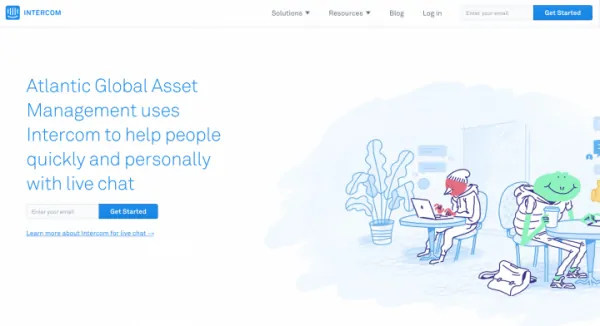
A prime example of a strategic ad campaign is Intercom’s approach to targeting individuals searching for Drift, a direct competitor in the live chat and customer support software industry. By employing a clever and effective marketing strategy, Intercom captures the attention of potential customers who may be considering both platforms.
Through targeted advertisements, Intercom directs this interested audience to their “live chat” landing page, where they artfully highlight their unique features and advantages in comparison to their competitors. This approach not only helps in expanding their customer base but also educates potential users about the benefits of choosing Intercom over other options.
To learn more about Intercom and their marketing strategies, you can visit their website here.
SEO Lesson: This astute SEO strategy exemplifies the importance of intercepting traffic that would otherwise be directed to competitors’ alternatives. Leveraging pay-per-click (PPC) advertising and designing distinctive landing pages, businesses can effectively position themselves as the preferred choice for their target audience.
2. Canva’s Focus on Keywords That Bring Highest Number of Qualified Leads Using “The Core Problem Framework”
Canva, founded in 2013, is widely regarded as the top SaaS designing tool for non-designers. By 2019, it had amassed an impressive user base of 15 million. One of the key factors contributing to Canva’s remarkable growth was its mastery of search engine optimization (SEO).
In the following case, Canva adeptly addresses the specific problem that potential users may face. Through their ad copy, Canva’s marketers effectively articulate how their product can solve the user’s problem. This approach consistently proves successful in attracting users who possess a strong intent to take action.

This instance is just one of many examples where Canva skillfully targets the core issues that their product promises to resolve. By doing so, they are able to generate high-intent traffic and direct it to their website. Now, let’s explore another example to gain further insight.
SEO Lesson: When selecting keywords to target, prioritize the fundamental problems that your product or service aims to solve. This approach will drive high-intent traffic to your website and yield significant results.
#3 – Zapier’s Outsourcing SEO and Link Building to Partners Strategy

Zapier, established in 2011, has become a prominent app integration and automation platform utilized by businesses to streamline workflows. In March 2021, Zapier achieved a valuation of $5 billion, showcasing its remarkable growth and success. Notably, Zapier boasts an impressive collection of 25,000 landing pages, each dedicated to explaining a specific integration they offer. These landing pages are meticulously crafted with search engine optimized content and feature clear calls to action.
To optimize their SEO efforts, Zapier has wisely outsourced two critical aspects of their landing pages:
Content: Zapier partners with experts to write accurate and informative content regarding their app’s integrations. This strategic partnership not only ensures the quality of the content but also saves time for Zapier’s marketing team.

Backlinks: Upon publishing a landing page, Zapier requests their partners to undertake four important actions. Firstly, partners are encouraged to write a blog post announcing the integration. Secondly, partners are urged to create an integration page on their own website. Both of these pages should mention Zapier’s landing page. Lastly, partners are requested to link the top “zaps” (integrations) on their product.
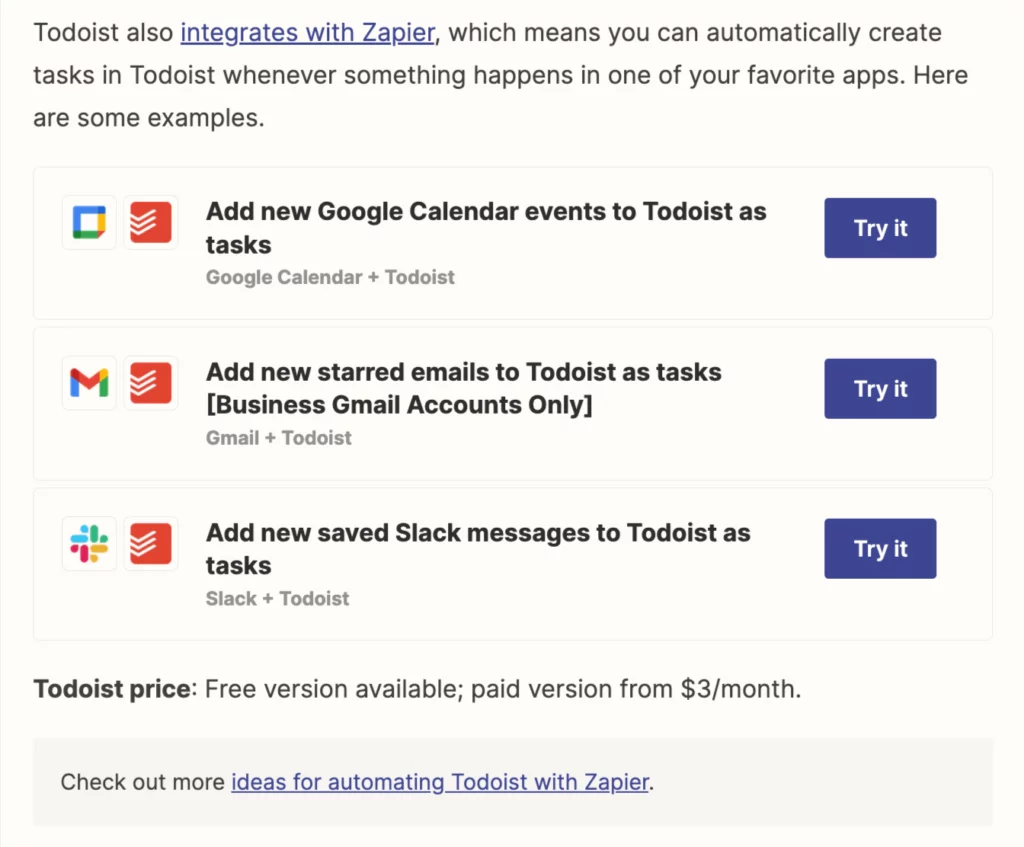
SEO Lesson: Foster collaborations with partners to leverage their expertise in content creation and link building. This approach enhances the overall SEO strategy and boosts visibility and traffic for your website.
#4 – Airbnb’s Ranking for High Volume Keywords Strategy
Founded in 2008, Airbnb has become a major player in the travel industry, achieving a remarkable valuation of $35 billion by 2019. Recognizing the prevalent reliance on the internet for trip planning, Airbnb has adeptly capitalized on this trend. The marketers at Airbnb have strategically targeted high-volume keywords commonly used by travelers. Here’s an example to illustrate this approach.
One primary targeting basis employed by Airbnb is location. With an extensive presence of over 6 million listings spanning across 220+ countries and regions, location-based keywords offer a promising opportunity for success.
Furthermore, Airbnb has effectively leveraged the power of its brand name to harness the benefits of high-volume keywords. This can be seen in the following example, where Airbnb’s recognizable brand name attracts a larger number of visitors.
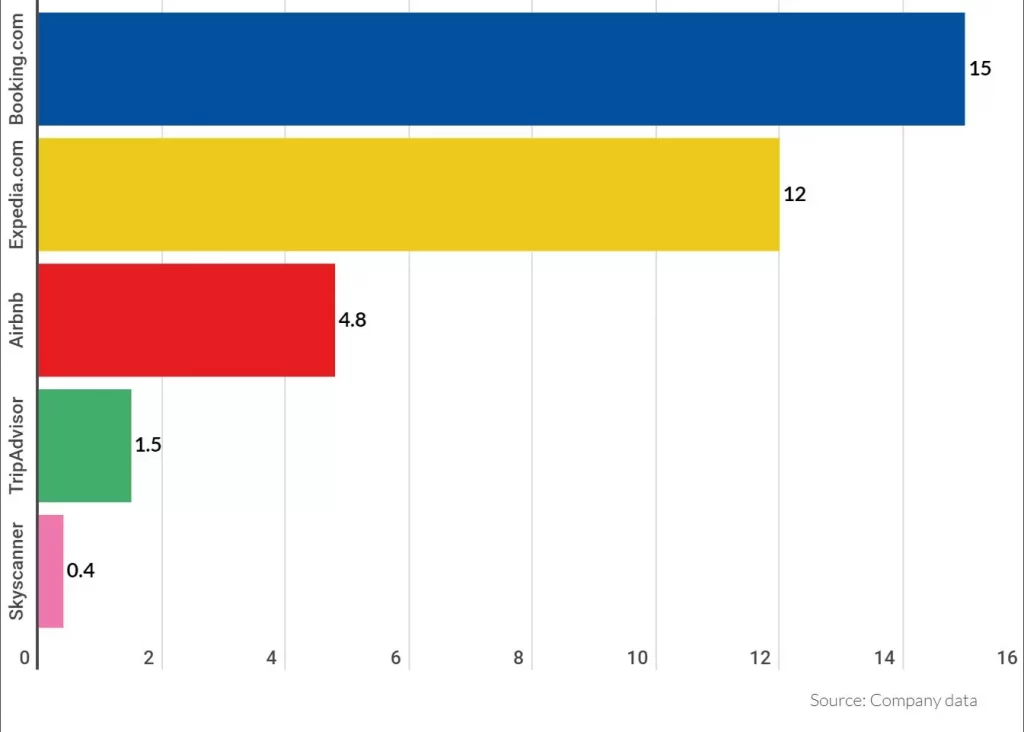
SEO Lesson: Airbnb’s marketing strategy encompasses both location-based targeting and brand recognition, allowing them to capitalize on high-volume keywords and drive significant traffic to their platform.
5. Slack’s “Sticky” App Directory SEO Ranking Strategy That Works Without Content Marketing
Founded in 2009, Slack has become the go-to office tool, boasting a valuation of over $25 billion, as reported by Yahoo and Google Finance. One of Slack’s standout features is its seamless integration into existing workflows. By utilizing APIs, Slack facilitates communication between various apps within a company’s tech stack. Recognizing this advantage, Slack has harnessed its potential.
To attract high-intent traffic without relying solely on content marketing, Slack has created high-quality articles for its app directory. These directory pages serve as a magnet for visitors searching for keywords unrelated to Slack, expanding their reach and visibility. Additionally, Slack has strategically positioned itself on the first page of search results for various keywords, further enhancing its presence.
Slack’s success lies in its ability to leverage the “stickiness” of its app and effectively employ this underutilized marketing tactic. This approach enables Slack to target similar keywords as the apps it integrates with, positioning itself alongside them in search rankings.
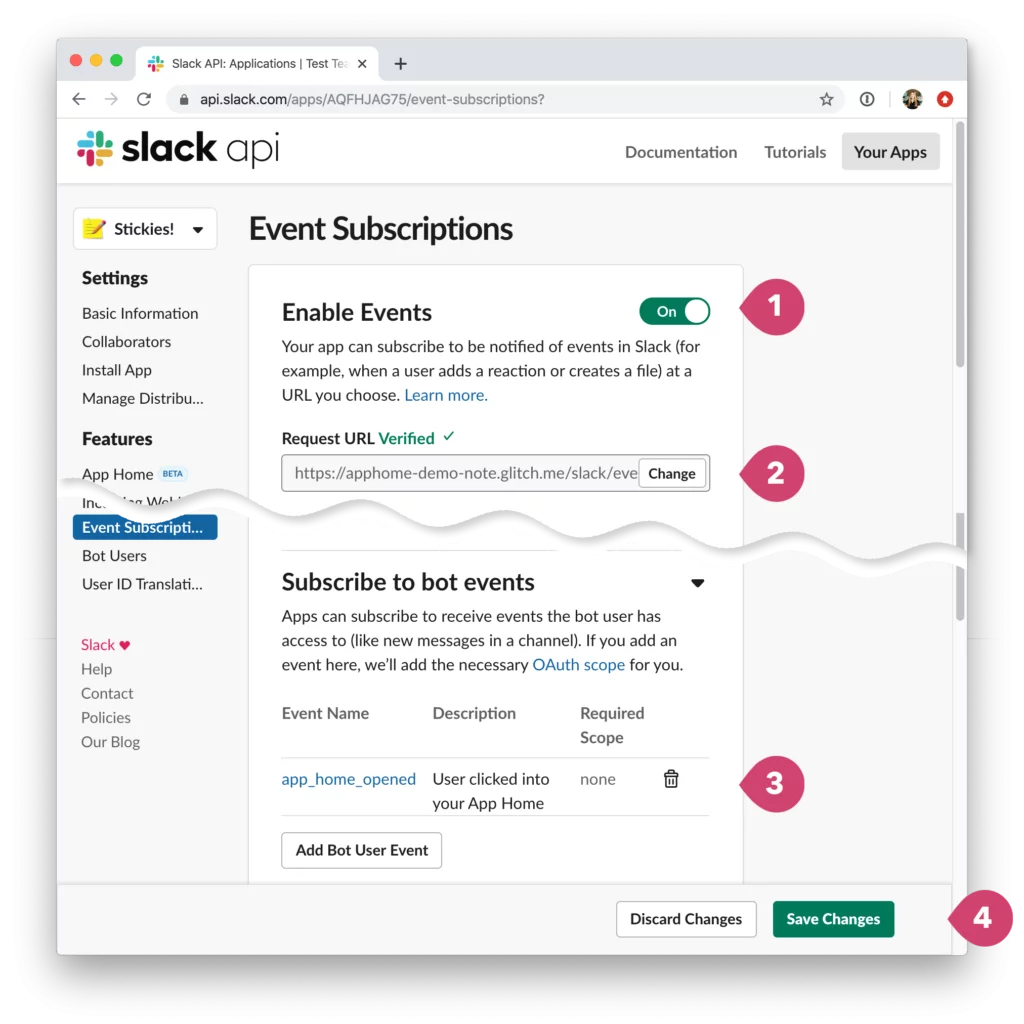
SEO Lesson: If your SaaS product offers seamless integration with other apps, consider targeting similar keywords as those apps to gain visibility and rank alongside them in search results.
6. Buffer’s SEO and Link Building Through Content Marketing Strategy
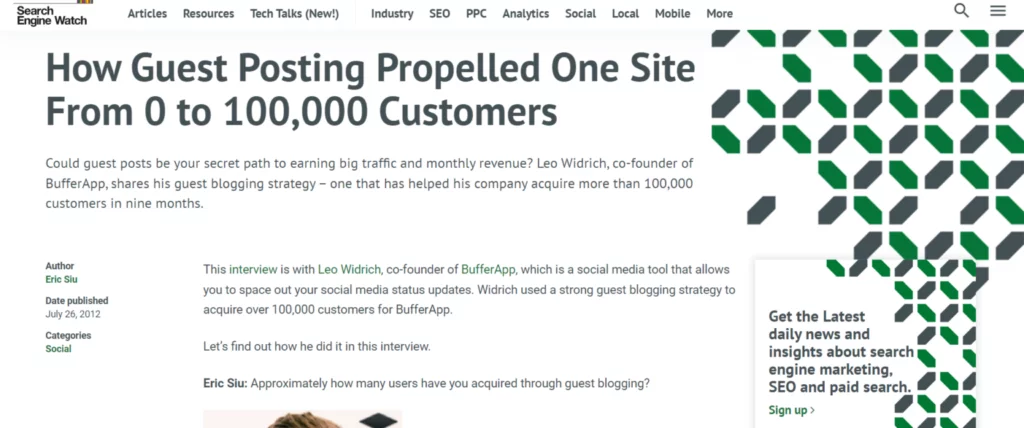
Buffer, the social media scheduling app launched in 2010, has experienced rapid growth, currently valued at $60 million. A key driver of their success lies in their unique SEO methods and link building techniques. Let’s examine three strategies executed flawlessly by Buffer’s marketing team.
Guest posts: Buffer has effectively utilized high-quality guest posts on various websites, incorporating links back to their own site. This approach has fostered marketing relationships with numerous websites and businesses, expanding Buffer’s reach and visibility.
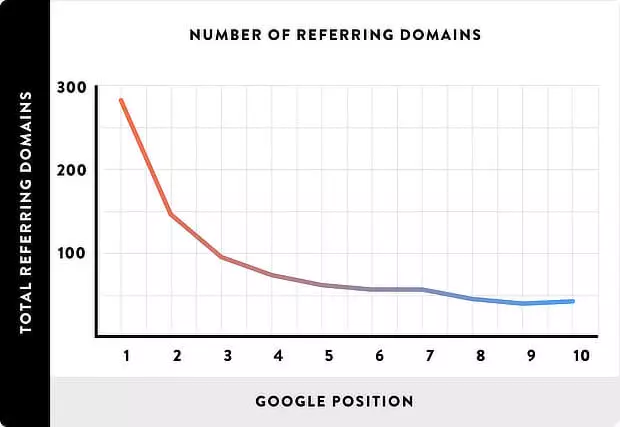
Guest authors contributing to their site: Buffer has not only increased its online presence through guest authors but also benefited from their contributions being shared within their respective networks. This has provided Buffer with additional traction and exposure.
Unindexed links in widgets: Buffer understands the negative impact that links from widgets can have on visibility and domain rankings. To mitigate this, they have unindexed these links through the use of robots.txt, ensuring a more favorable SEO outcome.
While these strategies are well-known among growth marketers, what sets Buffer apart is the scale and frequency of their activities. By consistently producing a significant volume of blog posts on their own website, consistently writing for external partners, and garnering thousands of social media shares, Buffer has climbed to the top of the industry.
A snapshot from a Google search demonstrates the extensive number of resources and authors who have contributed to Buffer’s success.
SEO Lesson: Consistency is key, and sticking to the fundamentals can yield remarkable results. Buffer’s dedication to executing these strategies consistently has proven to be a winning formula.
7. Veed’s Targeting SEO by High Volume Landing Pages Strategy

Veed, an online video editing and publishing platform, embarked on its journey in 2018 and achieved an impressive annual recurring revenue (ARR) of $7 million by early 2022. How did they accomplish this significant milestone in such a short period?
The marketers at Veed swiftly recognized the versatility of their product, realizing its potential for a wide range of applications. Fortunately, many of these applications aligned with high-volume keywords. As a result, Veed took proactive steps to create numerous landing pages, each dedicated to a specific feature or application of their product.
By optimizing each landing page with comprehensive and SEO-friendly content, Veed effectively harnessed the power of search engine optimization. The success of this approach is evident in the search results. For instance, when searching for “add subtitles to video” on Google, Veed’s landing page appears prominently just below the featured snippets.
SEO Lesson: Develop dedicated landing pages that target high-volume keywords based on the specific features and applications of your product. This strategic approach can significantly enhance your visibility and attract relevant traffic to your website.
8. Xero’s Creating a Robust SEO Strategy to Drive Growth and Traffic
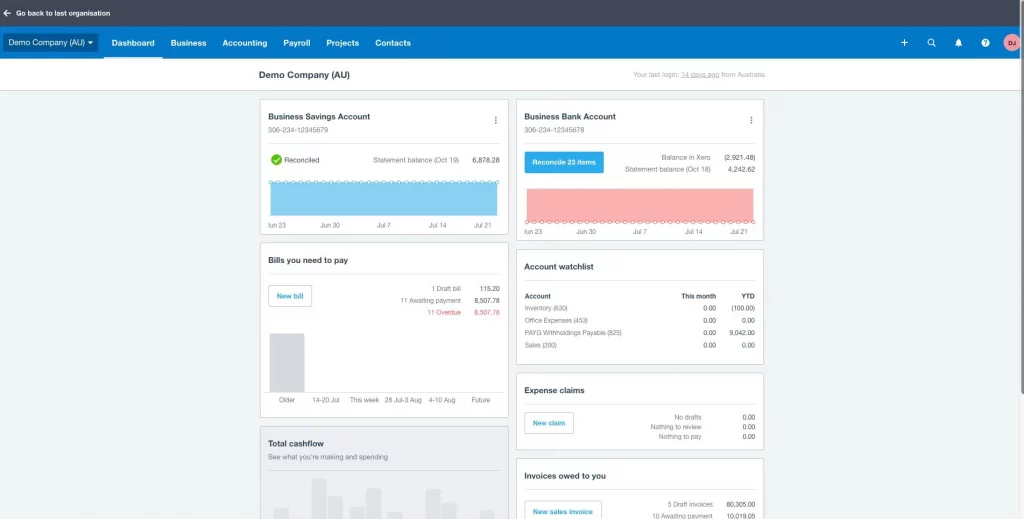
Xero, an accounting software provider that commenced its operations in 2006, achieved an impressive valuation of NZD 10 billion in 2019. In a highly competitive vertical, Xero recognized the importance of ranking higher in search engine result pages (SERPs) and devised a robust SEO strategy targeting five key categories of keywords.
Source: Canstar Blue

- Branded Keywords: Xero focused on keywords that include their brand name, such as “Xero accounting software.” This allowed them to establish a strong online presence and capture relevant traffic specifically looking for their product.
- Competitor Keywords: By strategically targeting keywords related to their competitors, such as “MYOB accounting alternative,” Xero aimed to divert traffic from rival platforms and attract users who were actively comparing different accounting software options.
- Partner Keywords: Xero leveraged the credibility of their partners, such as Deputy and Microsoft Power BI, by optimizing keywords related to these partnerships. This approach not only enhanced Xero’s visibility but also fostered trust among potential clients.
- Service Keywords: Xero targeted keywords that encompassed the services they offered, such as “accounting software for small businesses.” By aligning their content with these key phrases, Xero aimed to attract users seeking specific accounting solutions.
- Query Keywords: Xero addressed common questions and concerns that potential clients might have by targeting query-based keywords. For example, they optimized for phrases like “how to create an invoice” to provide informative and helpful content to their target audience.
Through consistent focus on these five keyword categories, Xero has successfully achieved higher rankings for their chosen keywords. As an example, they hold the #2 position in Australia, a key market for them, for a focus keyword.
By implementing this comprehensive keyword strategy, Xero has strengthened their online visibility, captured relevant traffic, and established a competitive edge in the accounting software industry.
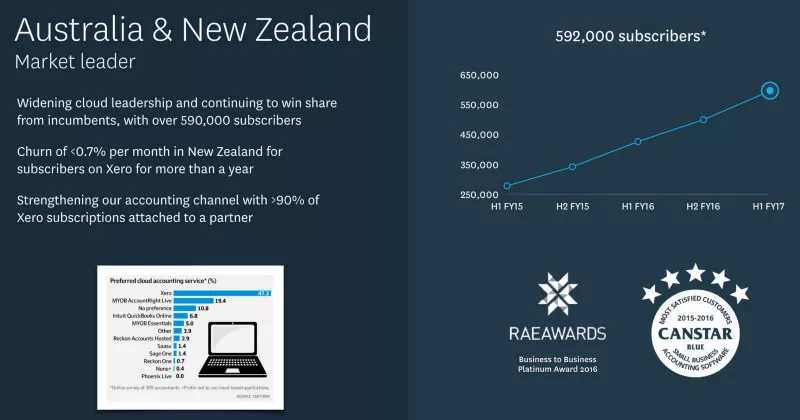
SEO Lesson: If your vertical is very competitive, segregate your keywords of interest and target each of them separately.
Conclusion:
In conclusion, SaaS SEO is a dynamic and ever-evolving field that plays a crucial role in the success of software as a service businesses. By implementing effective SEO strategies, SaaS companies can improve their online visibility, attract potential customers, and increase conversions. The key lessons to remember are understanding your audience, conducting thorough keyword research, optimizing your website, creating high-quality content, and staying up-to-date with SEO trends and best practices.
Moreover, backlink building, technical SEO, and user experience optimization are essential aspects of a successful SaaS SEO strategy. Tracking and measuring your SEO performance, localizing your strategy, and adapting to emerging trends like voice search and artificial intelligence are vital for long-term success. By keeping these lessons in mind and consistently refining your SaaS SEO approach, your software business can thrive in the competitive online landscape.
FAQs on SaaS SEO:
How can keyword research benefit my SaaS SEO strategy?
Keyword research helps you identify the most relevant and high-value keywords for your SaaS product, allowing you to create content that aligns with your target audience’s search queries.
What are some best practices for on-page SEO in the context of SaaS websites?
On-page SEO best practices include optimizing your website’s technical aspects, meta titles, descriptions, and header tags. A user-friendly and well-structured website is preferred by search engines.
How do I build backlinks for my SaaS website?
Building high-quality backlinks is essential. Strategies include guest posting, content partnerships, and outreach campaigns to gain links from authoritative sources in your industry.
Why is user experience important for SaaS SEO?
Search engines prioritize websites that provide a good user experience. Ensuring your website is easy to navigate, loads quickly, and offers valuable content can positively impact your SEO rankings.



